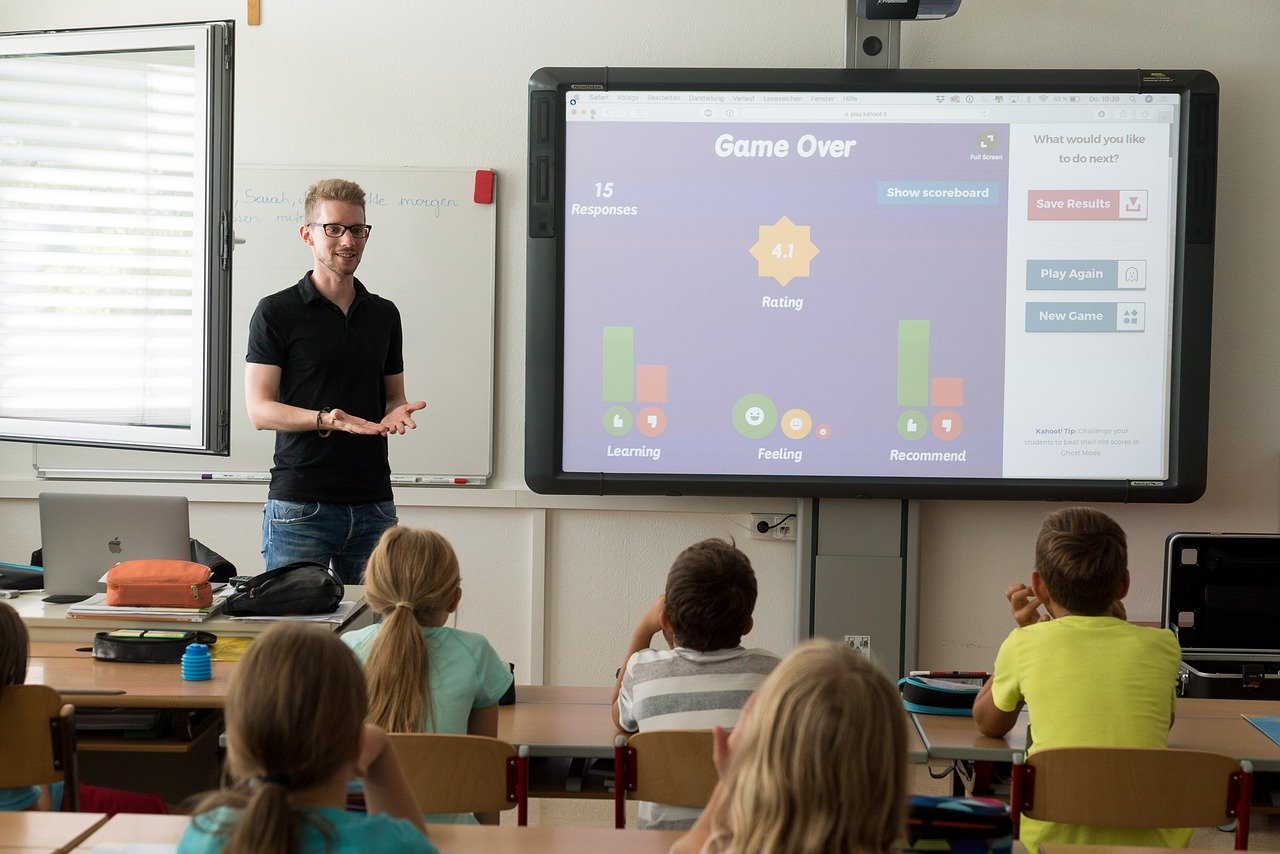Visual-Spatial Learning Style: Everything You Need to Know

For children who acquire, evaluate, and enjoy visual information, the visual-spatial learning approach is popular. Typically, they prefer to observe things via their “mind’s eye” and have a strong grasp of visuals. They are born with the ability to perceive the intricacies in photos, although they periodically disregard this ability.
Characteristics of Visual-Spatial Style
Linda Kreger Silverman, Ph.D., a giftedness specialist, coined the phrase “visual-spatial learner.” Such students, according to her, share the following characteristics:
- They comprehend the full picture at once
- They see the complete picture before looking at the details.
- They learn quickly by watching videos.
- They dislike learning in a step-by-step fashion.
- Instead of using words, they visualize their thoughts.
- They may appear chaotic.
- They may appear chaotic.
How to Teach Visual-Spatial Skills to Children?
Diagrams, photographs, and other visual information are used to teach children in visual-spatial education. Visual-spatial pupils have exceptional memory abilities. Instead of listening to lectures, they learn better when they are shown visuals.
Handwriting and spelling are not strong suits for a youngster with visual-spatial intelligence. Instead of learning arithmetic through equations, pupils learn math through narrative problems. Geometry is also frequently a stronghold for them. Such children enjoy constructing blocks and maps, as well as solving mazes and puzzles.
Most traditional schools use auditory teaching methods, which are ineffective for visual-spatial students.
Visual-Spatial Students Can Participate In Special Activities
Children with visual-spatial intelligence like computer graphics, drafting, computer-aided design, math, and art. They are better at visual estimating and solving visual problems than others.
Career Opportunities for Visual-Spatial Students
Photography, air traffic control, fashion design, visual advertising, fashion merchandising, television, video, art, architecture, construction, counseling, interior design, drawing, and airline flying are some of the most common employment opportunities for visual-spatial students.
These children are drawn to engineering, surgery, astronomy, and physics when it comes to science, technology, engineering, and math (STEM).
How to Assist Your Visually Impaired Child?
Individuals with visual-spatial intelligence are never successful in traditional education. They do not adequately grasp instructions, which leads to bad results and a lack of enthusiasm for study.
If you believe your youngster is more interested in visual-spatial learning, you may assist them by presenting visual data. Try teaching them video games, movies, graphics, and other visual media. Furthermore, you should constantly be willing to communicate with your instructor to discover solutions for your children.
Finally, consider the following:
Visual-spatial kids require more work and consideration while teaching them. You will be able to teach them without difficulty once you have identified their wants and requirements. All you need to know is that they cannot learn using regular ways. You must supply them with visual data since they process visual information quickly. They are born with the ability to perceive the “big picture” more clearly than others.






